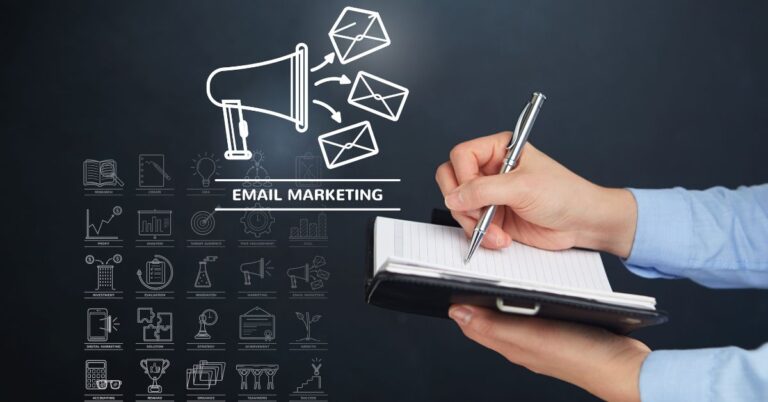
How Much Do Small Businesses Spend on Social Media Marketing?
One common question that plagues many entrepreneurs and small business owners is, “How much should I spend on social media marketing?” In this comprehensive guide, we will delve into the factors that influence social media marketing budgets for small businesses in the USA and provide you with valuable insights to help you make informed decisions.




